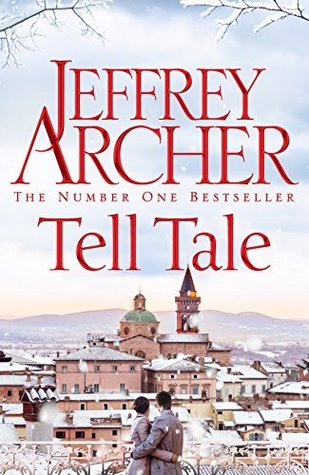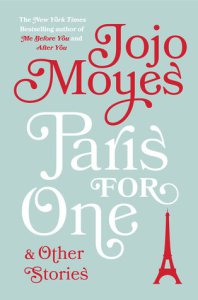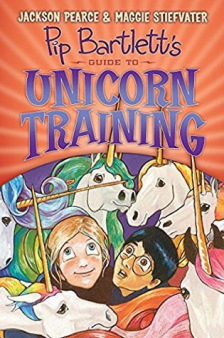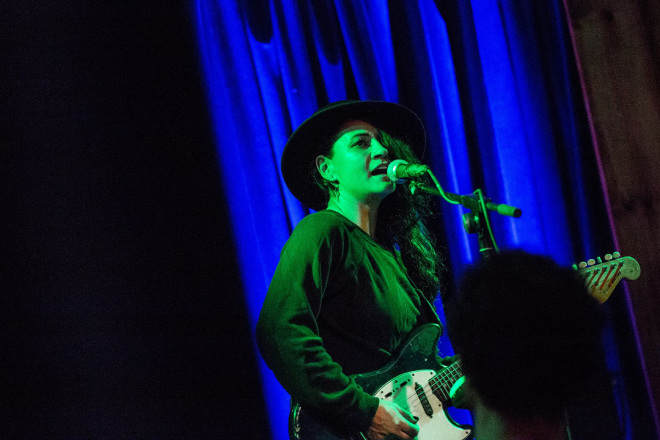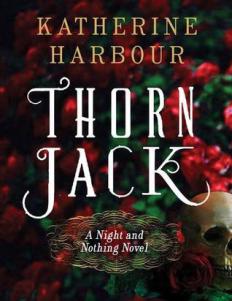
//published 2014//
What with one thing and another I’ve had a bit of a gap between finishing the last series that I read (The Lynburn Legacy all the way back in December!) and starting a new one, mainly because I started and then didn’t finish a series that was really just too, too boring.
But Thorn Jack is the first in a trilogy, and since I count anything with more than two related books as a series, it qualifies! All in all, despite the fact that I found this book to be, at times, needlessly complicated, it was still a decent read that I enjoyed, and I’m looking forward to seeing what direction Harbour goes with the next two books.
First off, the book itself – the physical book, I mean – is almost square in shape, which I found to be weirdly appealing. It also meant that there was more text than one might expect from 300-odd pages, so while I moved through the story efficiently, it wasn’t a particularly fast read. At the beginning of each chapter was a quote from a random (real life) source, followed by a quote from the journal of the main character’s sister. The journal quotes were written in a fancy script font that my poor, tired eyes found a bit difficult to decipher as it was also rather tiny. I fear, dear readers, that I am growing old.
The story centers on Finn Sullivan. At 18, she and her father have moved back to her father’s hometown in New York (state, not city), and are living in her grandmother’s house. (As an aside, Harbour is a bit vague as to what happened to the grandmother. She says that she was “last seen” at a funeral, but no one says in so many words that she actually died. After this mention on page six, we never really hear about or from her again, which seemed odd to me.) One of the main reasons that they have moved here, from San Francisco, is because Finn’s older sister, Lily Rose, committed suicide almost a year before the book begins. It is time for a change, they’ve decided, and so Finn’s dad has accepted a professorship at a small college near their new home in New York.
Finn is beginning college as well, although on a different campus than the one where her father teaches. HallowHeart is a small school, and in some ways an odd one. But then, as Finn begins to discover, the entire town of Fair Hollow is a bit odd.
Soon Finn befriends Christie and Sylvie, and the adventures really begin. I quite liked the friendships between these three. Christie and Sylvie have grown up together, but they accept Finn into their circle quite comfortably. Christie is actually rather popular and a bit of a flirt, so it was kind of nice to have a situation where it wasn’t “the outcasts” against the world. Instead, both Christie and Sylvie seem to be of average popularity. Despite the one-boy-two-girl scenario, there isn’t any romancing between the three of them, which was also refreshing.
When Finn meets Jack Fata, the story really begins to roll, as it is rather obvious that there is something a bit odd about Jack as well. While there is definitely a bit of insta-love between Jack and Finn, it honestly fits with the fairy tale-esq feel of the whole story. I liked that Finn’s driving force behind her actions wasn’t just to save/protect Jack, but an overall sense of what is right and what is wrong, and a determination to protect several innocent victims caught in the mix.
This was one of those books where I felt, at times, that the author was taking the whole “show, don’t tell” thing a bit too far, as she leaves the reader to muddle about in confusion for quite some time. I honestly might read the first several chapters of this book again now that I know that it ends – I think it will all make a great deal more sense.
The story is a bit on the dark side of my taste, but there is still a bit of humor throughout, and the complete and total lack of a love triangle boosted this book’s rating in my view quite a bit. There are some deaths and moderately gruesome scenes, but overall the story manages to stay away from the overtly violent.
Overall, the biggest detraction for me was that this book felt choppy. It didn’t flow very naturally, and I frequently felt a bit jerked about. It also seemed completely unreasonable that Finn and her friends would be in denial of the whole “there is something possibly supernatural going on here” for as long as they were. And even as they accepted the fact that there was something crazy happening, they didn’t follow basic rules of dealing with evil spirits (which they talked about and so obviously knew), like not giving your name to possibly evil beings, or inviting them into your home.
In the end, this is a 3/5 for me. The book had a lot of potential, and did avoid several of the tropes that I find most annoying in YA fantasy, but it squared up completely with some of the others, and also felt like it could use a bit of ruthless editing to make the plot flow better. I’m hopeful for improvement in the next installment, so we will see where things go.
Advertisements Share this: